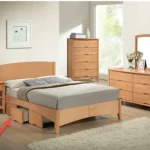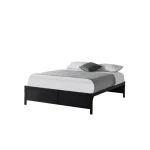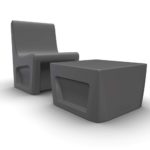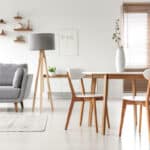How Transitional Housing Furniture Supports Recovery and Rehabilitation
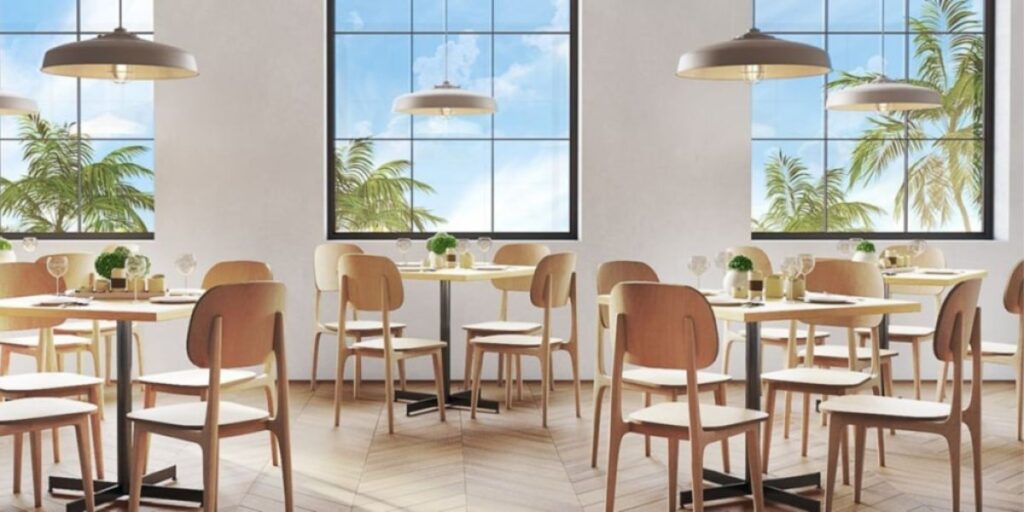
Transitional housing serves as a critical bridge for individuals during recovery from mental health issues, addiction, or periods of homelessness. The significance of these environments extends beyond just providing shelter; they are fundamental in promoting rehabilitation and easing the transition to independent living. A required element that affects the success of these programs is the furniture that fills these spaces. Well-chosen furniture furnishes a room and enhances recovery by offering comfort, security, and a touch of normalcy. According to studies, appropriately equipped living environments can boost rehabilitation success rates by up to 30%, highlighting the crucial role of furniture in these settings.
Understanding Transitional Housing and Its Role in Recovery
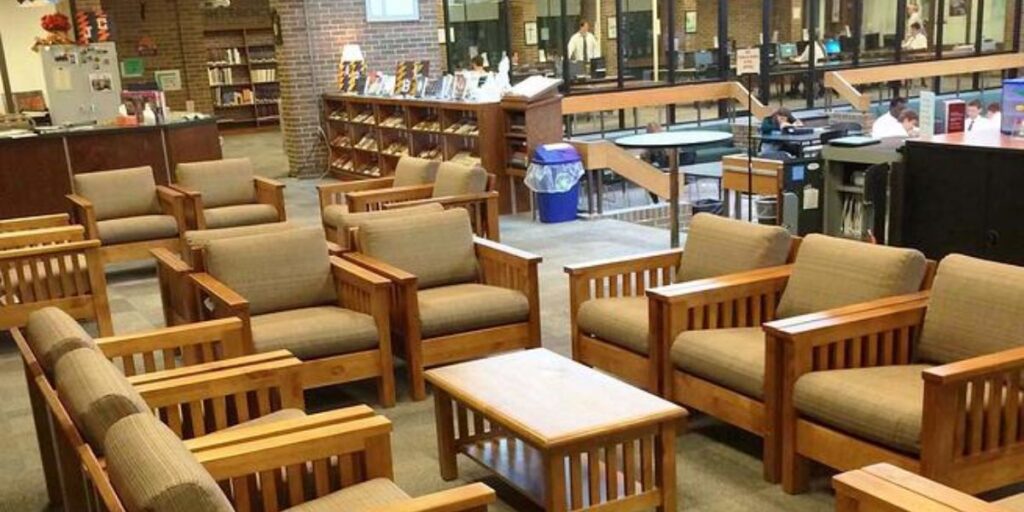
Transitional housing is designed to provide a stable and supporting environment where people can concentrate on healing and eventual independence. It typically supports the most vulnerable individuals, such as those recovering from substance abuse or mental health disorders or transitioning out of homelessness. This type of housing is a critical step in the recovery process, offering not just a place to stay but a community and a network of support designed to help residents manage their health and wellness independently. Stability in housing is directly linked to positive treatment outcomes and a significant decrease in the likelihood of relapse.
The Impact of Furniture on Transitional Housing Environments
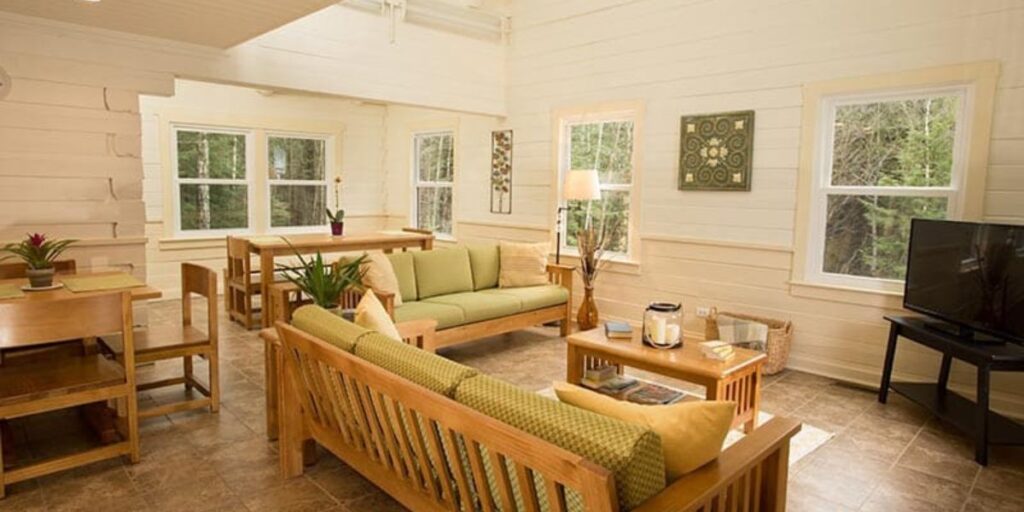
The choice of furniture in transitional housing plays a pivotal role in influencing residents' mental and emotional well-being. Comfortable and thoughtfully designed furniture can transform a mere space into a welcoming home, fostering feelings of security and stability, which are crucial during recovery. Environments that feel cold or institutional, on the other hand, can have the opposite effect, potentially increasing stress and negatively impacting rehabilitation efforts. Psychological research supports the idea that an inviting and comfortable living environment can significantly enhance self-esteem and promote positive behavior changes essential for individuals in recovery. A 2023 study by the National Alliance to End Homelessness found that 77% of transitional housing programs in the United States reported overcrowding as a significant challenge. Coalition for the Homeless, 82% of transitional housing program administrators in the US identified durability and ease of maintenance as top priorities when selecting furniture. This highlights the need for furniture built with high-quality, easy-to-clean materials that can withstand frequent use.
Ergonomic and Adaptive Furniture: Supporting Physical Rehabilitation
Ergonomic Design for Improved Mobility
Ergonomic furniture supports correct body posture and reduces strain, which is crucial for residents undergoing physical rehabilitation. Adjustable chairs and tables cater to various body types and needs, promoting comfort and preventing injuries. The global ergonomic chair market was valued at USD 9.80 billion in 2022 and is expected to expand at a compound annual growth rate (CAGR) of 7% from 2023 to 2030. This growth is driven by the increasing trend of remote work and the need for comfortable seating during long workdays.
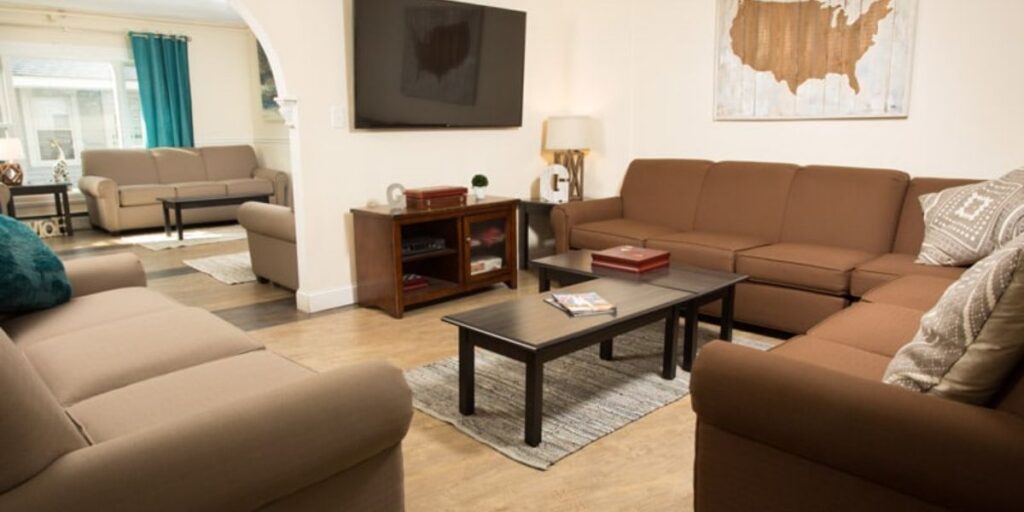
Adaptive Furniture for Individuals with Physical Disabilities
Adaptive furniture specifically caters to the needs of residents with physical disabilities. It includes height-adjustable beds and wheelchair-accessible desks, helping individuals maintain independence and dignity. According to the 2021 Current Population Survey (CPS), about 12% of US residents ages 15 and older live with a disability, or about 39 million people across 32 million households. This highlights the significant potential market for adaptive furniture designed to meet the needs of individuals with physical disabilities.
Importance of Creating Accessible Spaces
Accessibility is paramount in transitional housing. Ensuring that all areas are accessible via ramps, wide doorways, and sufficient space for maneuvering mobility aids like wheelchairs and walkers enables all residents to utilize the space thoroughly and safely, fostering an inclusive community environment.
Design and Aesthetics: Promoting Mental Well-being
Creating a Calming Environment Through Design
Furniture's aesthetic and functional aspects can significantly impact residents' mental health. Calming colors and soft textures can create a soothing atmosphere that reduces stress and anxiety. The arrangement should allow ample natural light and quiet areas for relaxation and meditation.

Personalization and Ownership in Recovery
Allowing residents to personalize their space enhances their sense of ownership and control, which is critical for mental recovery. Customizable features foster a more home-like feeling, aiding in the rehabilitation process. Data privacy has become a fundamental right, with 87% of Americans viewing it as a human right. This shows the importance of personalization and ownership not just in physical spaces but also in digital spaces.
Utilizing Furniture for Therapeutic Activities
Furniture in transitional housing should facilitate various therapeutic activities. For instance, craft tables or gardening benches can encourage creative and therapeutic pursuits, while comfortable seating areas can be used for one-on-one counseling or personal reflection.
Beyond Functionality: Design as a Tool for Mental Wellness
While furniture's primary focus may be functionality, the aesthetic must be considered. Visually appealing furniture can help to make a space feel less institutional and more home-like, which can be incredibly soothing for residents and aid in their recovery. Utilizing principles of color psychology, for example, can help create a calming atmosphere by choosing hues known to reduce anxiety and promote tranquility. The US Senior Living Market size is estimated at USD 112.93 billion in 2024 and is expected to reach USD 150.42 billion by 2029, growing at a CAGR of 5.86% during the forecast period (2024-2029). The senior living industry will increase by nearly $100 billion by 2027 due to the baby boomer population reaching retirement age.
Furniture Arrangement: Fostering Social Integration
Arrangement for Communal Spaces
The layout of communal spaces should promote interaction while respecting personal space. Modular furniture that can be reconfigured for various activities enhances the utility of shared areas. The furniture industry in the USA is expected to generate US $263.20 billion in 2024. The largest segment within the market is Living Room Furniture, projected to have a market volume of US $73.08 billion in 2024.

Facilitating Social Interaction through Furniture Placement
Strategic placement of furniture can foster social interactions. For example, creating circular seating arrangements in common areas encourages open communication and makes it easier for residents to engage with one another, building a sense of community and support.
Supporting Group Activities and Discussions
Furniture should also support structured group activities essential for social rehabilitation. Large tables for group meetings, workshops, or communal dining can be focal points for social interaction and collaborative activities, helping residents form bonds and support networks.
Safety and Durability Considerations
Safety is a paramount concern in transitional housing. Furniture with features like non-tip designs and rounded corners should be designed to prevent accidents and injuries. Durability is also crucial as furniture must withstand frequent use and be easy to maintain and clean, essential for ensuring hygiene and reducing long-term costs. The US Community Housing & Homeless Shelters industry has seen a market size growth to $21.9 billion in 2024, marking an increase of 1.23% from the previous year. This growth reflects the increasing need for transitional housing, as indicated by the 2023 Annual Homeless Assessment Report (HUD), which reported that out of 653,100 individuals experiencing homelessness, only 60.7% were sheltered, leaving a significant 39.3% unsheltered.
Essential Furniture for Transitional Housing
The selection of furniture for transitional housing should be tailored to the needs of its residents, focusing on comfort, durability, and functionality:
- Beds: A comfortable bed is essential for proper rest and recovery. Features like adjustable bed settings can accommodate individual health needs while providing privacy, which helps foster a sense of personal space and security. According to a report by the CDC, adults not receiving HUD assistance had a significantly lower adjusted prevalence of obesity (42.1%) compared with adults receiving HUD assistance (47.5%).
- Seating: Sturdy yet comfortable seating areas are crucial as they serve multiple purposes—from facilitating group meetings and therapy sessions to providing a quiet place for personal reflection.
- Storage: Adequate storage options help residents keep their personal spaces organized and clutter-free, essential for mental clarity and stress reduction. The National Low Income Housing Coalition reported in 2023 that there is a national shortage of 7.3 million affordable and available rental homes for extremely low-income renters, resulting in only 33 affordable and available homes for every 100 extremely low-income renter households.
- Dining and Kitchen Areas: These communal spaces are not just for eating but are vital for social interactions and can encourage nutritional habits that are essential for physical health and recovery.
Sustainable Practices in Furniture Manufacturing for Transitional Housing
Adopting sustainable practices in furniture manufacturing is not only an environmental commitment but also crucial for the health and well-being of transitional housing residents. Here's how sustainable furniture makes a difference:
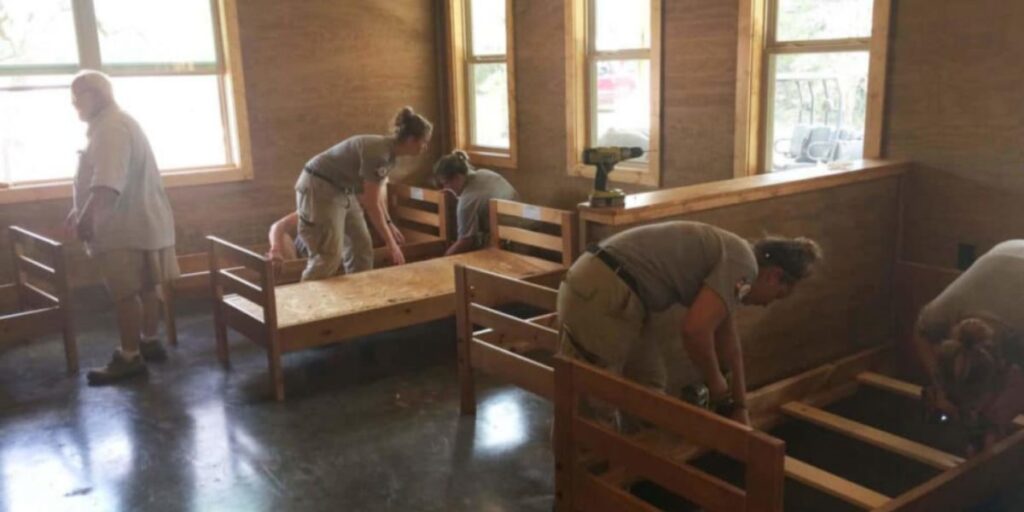
Eco-Friendly Materials
Using recycled plastics, reclaimed wood, and sustainably sourced timber reduces environmental impacts and supports healthier indoor air quality. Natural fibers for upholstery, such as organic cotton or linen, are treated with fewer chemicals to minimize toxins. The use of certified sustainable materials in furniture manufacturing has increased by 200% since 2011.
Reducing Carbon Footprint
Key strategies include optimizing production to use less energy, employing renewable energy sources, and minimizing waste. Local production also cuts transportation emissions, enhancing sustainability.
Longevity
High-quality, durable materials ensure furniture longevity, reducing the need for frequent replacements and conserving resources. This approach supports sustainability by decreasing the demand for new materials.
Non-Toxic Finishes
Sustainable furniture uses low-VOC, formaldehyde-free finishes, enhancing indoor air quality and ensuring safety for residents with sensitivities or health issues.
Recyclability and End-of-Life Considerations
Designing furniture that can be easily recycled at the end of its life cycle reduces landfill waste. Implementing take-back programs allows materials to be repurposed.
Sustainable furniture manufacturing enriches transitional housing by providing safe, durable, and eco-friendly options. These practices support the recovery and rehabilitation of residents and promote a healthier planet.
Overcoming Operational Challenges in Transitional Housing
Budget Constraints and Resource Limitations
Maximizing resources through multifunctional and durable furniture choices helps manage budget constraints. Establishing partnerships with suppliers who offer favorable terms can also be beneficial. As of March 31, 2022, over 600 state and local governments had budgeted $12.9 billion in State and Local Fiscal Recovery Funds (SLFRF) to meet housing needs and lower housing-related costs, including $4.2 billion for affordable housing development and preservation.
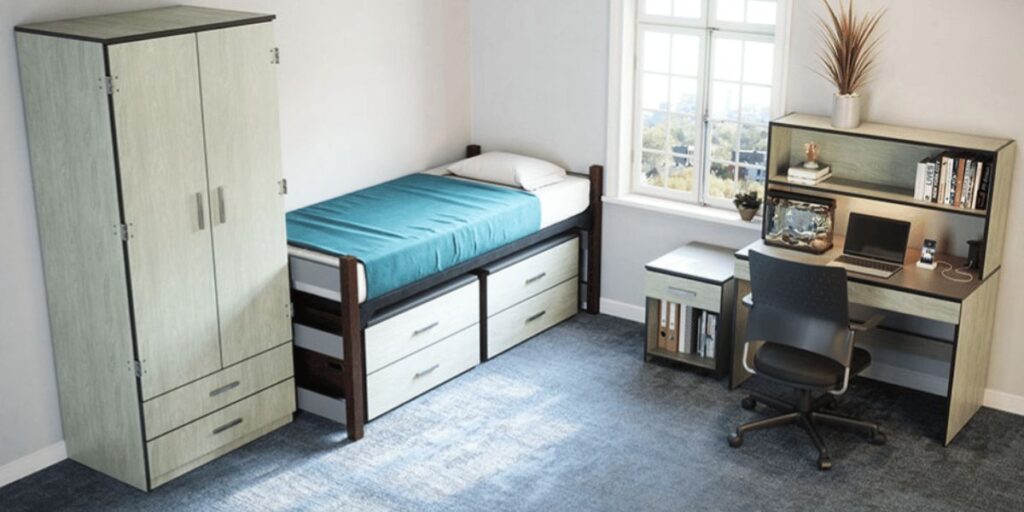
Overcoming Space Limitations
Space is often at a premium in transitional housing. The key to overcoming this limitation is using space-saving furniture that is both functional and compact. Wall-mounted desks, foldable chairs, and extendable tables allow for adaptability in limited spaces. Designing rooms with furniture that can be easily rearranged or compacted can help accommodate different activities and the number of users, making the most of the available space.
Strategies for Maintaining Furniture Quality in High-Traffic Environments
Furniture in transitional housing typically experiences higher-than-average wear and tear due to constant use. Choosing materials known for their durability and ease of maintenance is crucial to maintaining furniture quality. Hard-wearing materials like high-impact plastic, metal, and industrial-grade fabrics can withstand frequent use and are easily cleaned.
Furniture Concepts: Pioneering Comfort and Durability in Transitional Housing
At Furniture Concepts, we understand that the right furniture can make all the difference in transitional housing facilities. Our curated selections are designed not just to furnish a space but to enhance the living environment, supporting the unique needs of residents in recovery and rehabilitation programs. We specialize in providing durable, safe, and comfortable furniture that meets the stringent requirements of behavioral healthcare settings. From cozy, sturdy beds offering a good night's sleep to ergonomically designed seating facilitating therapy sessions and communal activities, our products are tailored to promote healing and help individuals journey toward independence.
WOOD FURNITURE

Our wood furniture line combines durability with aesthetic appeal. It is crafted to offer warmth and homeliness without sacrificing safety and functionality.
Product Features:
- Sturdy construction with tamper-resistant hardware
- Easy-to-clean surfaces
- Non-toxic finishes ensure safety and durability.
- Designs that maximize space and enhance comfort
BEDROOMS & ALL BEDS & BUNKBEDS
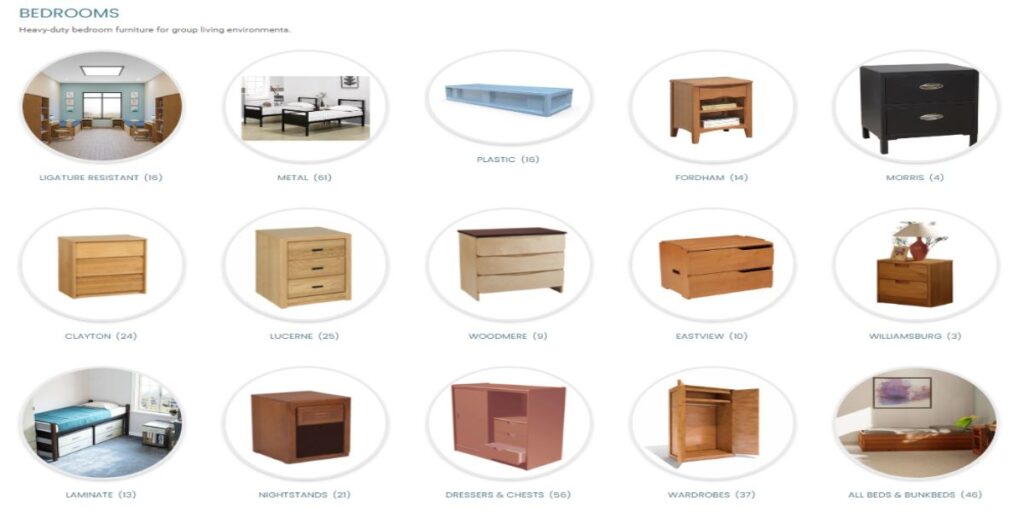
Our bedroom furniture, including an array of beds and bunk beds, is designed to provide privacy and comfort, promoting better sleep hygiene and personal space.
Product Features:
- Adjustable bed settings for specific health needs
- Robust frames with safety rails
- Space-efficient bunk beds ideal for shared rooms
- Options include moisture-resistant and bedbug-resistant materials
MOLDED PLASTIC
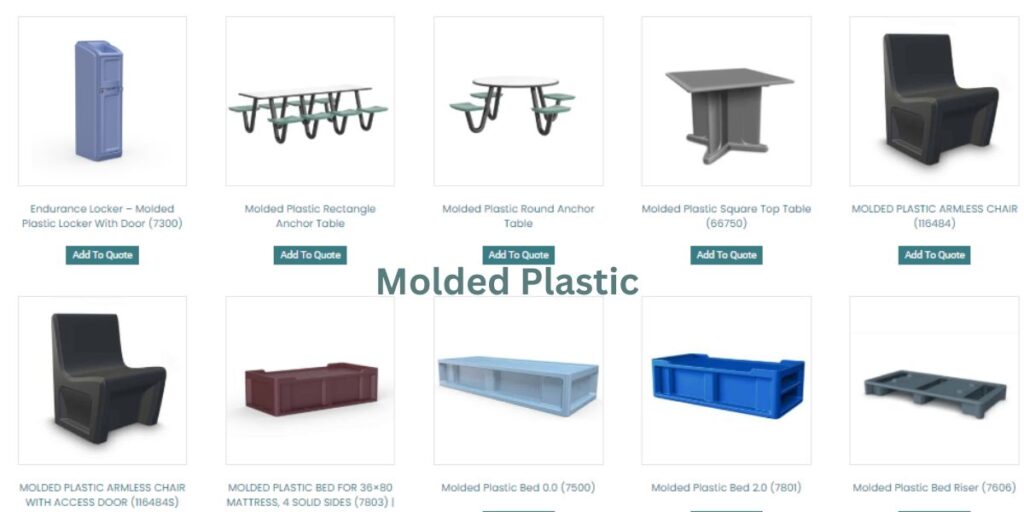
Ideal for high-usage environments, our molded plastic furniture is virtually indestructible, easy to clean, and resistant to wear and tear.
Product Features:
- Ergonomically designed for comfort
- Lightweight yet extremely durable
- Stain and scratch-resistant
- Suitable for both indoor and outdoor use
SEATING, FULLY UPHOLSTERED ROCKERS & RECLINERS

From fully upholstered seating options to rockers and recliners, our seating solutions are designed to provide maximum comfort and support.
Product Features:
- Reinforced frames for added strength
- Flame-retardant upholstery for enhanced safety
- A broad range of color and material choices to make a welcoming environment
- Ergonomic designs that support body posture and reduce stress
Our products experience a strict selection process to meet the demands of transitional housing facilities, aiding in rehabilitation and recovery.
Conclusion
The right furniture in transitional housing can profoundly influence the recovery trajectory of its residents. Each piece of furniture serves a functioning goal and is crucial in creating a supportive and healing environment. With the increasing evidence linking well-equipped environments to higher recovery success rates, the choice of furniture should be considered an integral part of the strategic planning for transitional housing facilities. By investing wisely in furniture, facility managers can significantly enhance the effectiveness of their programs, aiding countless individuals on their path to healing and independence. Ready to improve your transitional housing facility with furniture that supports recovery and offers lasting durability? Contact us at Furniture Concepts to explore our comprehensive range of furniture solutions designed for real-life challenges. Visit our website or give us a call today—let's create spaces that heal together.



